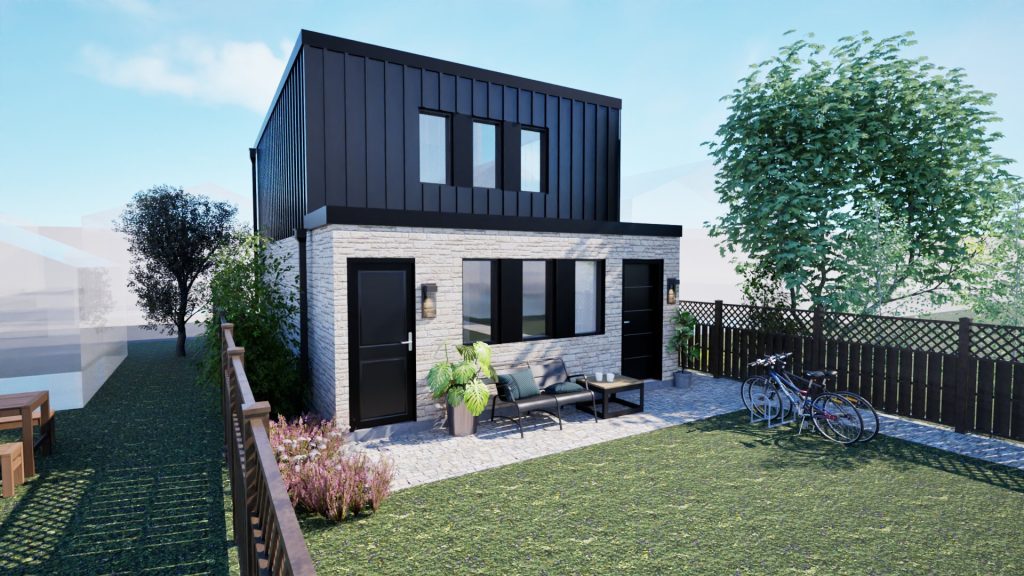Prime Minister Mark Carney’s recent pledge to double Canadian housing construction to 500,000 units a year is certainly ambitious. Still, it takes much-needed direct aim at the shortage of affordable housing in the GTA.
Carney’s newly created $26B Build Canada Homes (BCH) agency aims to accelerate innovative housing. This means modular, prefabricated, panelized, and mass timber to reduce costs and shorten timelines. And while the plan is national in scope, the GTA is expected to feel the earliest and most significant impacts. Given the region’s population pressures and affordability challenges, this is a welcome move.
Toronto and Factory-Built Housing
Toronto has already experimented with modular housing under its HousingTO Action Plan, delivering 216 modular homes so far, and more are on the way. This plan is an example of how factory-built housing could scale in dense urban areas like the GTA, where land is scarce, construction costs are high, and approvals routinely lag. Yet even though the model is proven internationally in countries like Sweden and Japan, it represents under 5% of construction in Canada.
Regulatory Bottlenecks in the GTA
The biggest obstacle for the GTA isn’t the supply of land or the willingness to build, but the slow rate of building approvals. For example:
- Toronto development approvals average 25 months, among the slowest in Canada and triple that of timelines in the US.
- Development charges and fees can account for up to 25% of a new home’s price.
- Complex zoning and a network of building codes further stall projects.
It is a worry that, without regulatory reform, new housing supply in Toronto will remain stifled, even with an influx of federal funds.
Potential Market Impacts
But what if this new approach, combined with regulation reforms, is successful?
- Affordability: If approvals and fees ease, factory-built housing could lower GTA construction costs by approximately 20% and cut building times in half. This has the potential to restore housing to 2019-level affordability within a decade.
- Investor and Lender Confidence: CMHC-backed construction insurance could make lenders more willing to finance unconventional housing in the GTA market, where financing for modular projects has been scarce.
- Industry Growth: The plan ties housing to the forestry industry, ensuring Canadian wood products are used. Linking northern Ontario’s forestry economy to Toronto’s urban demand could be one of the positive spin-offs of an improved housing industry.
Summary
Prime Minister Carney’s plan has the potential to reshape Toronto’s housing market by introducing faster and cheaper building methods. But without cooperation from the municipalities that includes streamlined permits, reduced fees, and standardized codes, the GTA risks missing out on the affordability relief this bold strategy could deliver.
So, while this plan has the structure and a history to achieve housing growth, it remains to be seen if it will be permitted to realize its potential in the GTA.
Big decisions feel easier with the right advice—we’re here to help. Send me an email (hillary@hillarylane.ca) or text/phone (416-882-4707).






